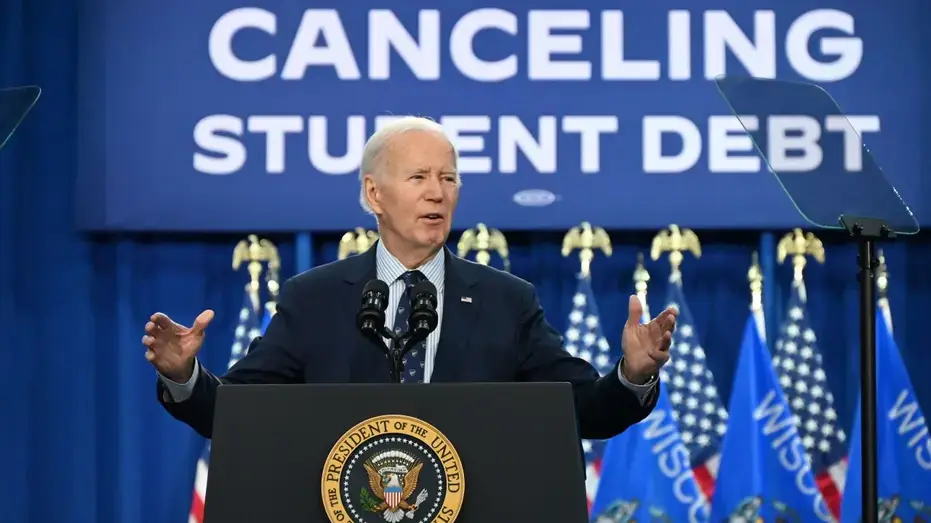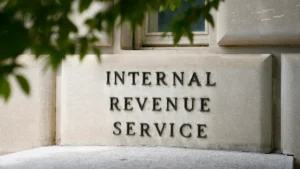According to the latest reports from the Department of Education, nearly 20 million Americans who owe student loans are currently not making any payments towards their debt. This comes as a major concern for the government which is already struggling to recover a whopping $1.6 trillion in outstanding student loan debt.
Despite various initiatives and programs put forth by the government to help borrowers manage their student loan repayments, it seems that a significant number of people are still unable or unwilling to make payments.
The Magnitude of the Problem
Here are some key facts and figures that highlight the severity of the issue:
- As of 2024, there are approximately 44 million Americans with outstanding student loan debt.
- Out of these, nearly 20 million borrowers are not making any payments towards their loans.
- This amounts to almost half (45%) of all borrowers who have entered into repayment status on their loans.
- The total amount of outstanding federal student loan debt is a staggering $1.6 trillion.
Government Efforts to Recover Student Loan Debt
In an effort to reduce the burden on borrowers and recover outstanding debt, the government has implemented various programs and initiatives over the years. These include:
- Income-driven repayment plans: These plans allow borrowers to make payments based on their income, making it more manageable for those struggling financially.
- Loan forgiveness programs: Programs such as Public Service Loan Forgiveness (PSLF) and Teacher Loan Forgiveness offer loan forgiveness after a certain number of qualifying payments or service in specific fields.
- Refinancing options: Borrowers can also refinance their federal student loans through private lenders to potentially get a lower interest rate and save money on their monthly payments.
Despite these efforts, it seems that a large number of borrowers are still not making payments towards their student loans.
Possible Reasons for Non-Payment
While the reasons for non-payment may vary from person to person, here are some common factors that could be contributing to this issue:
- Financial hardship: Many borrowers may be facing financial difficulties due to factors such as unemployment, low wages, or other personal financial obligations.
- Lack of awareness: Some borrowers may not be aware of the various repayment options and forgiveness programs available to them.
- Disagreement with loan terms: There may also be cases where borrowers do not agree with the terms of their loans and choose not to make payments.
The Impact on Borrowers and the Economy
The high number of borrowers not making payments towards their student loans has a significant impact on both individuals and the economy as a whole. Some potential consequences include:
- Negative credit scores: Non-payment of student loans can have a negative impact on borrowers’ credit scores, making it difficult for them to access credit in the future.
- Delayed financial milestones: With a large portion of their income going towards loan repayments, borrowers may struggle to achieve financial milestones such as buying a home or starting a family.
- Economic downturn: The overwhelming amount of outstanding student loan debt can also have a negative impact on the economy as it limits consumers’ ability to spend and invest.
What Can Be Done?
To address this issue, it is crucial for the government and other relevant stakeholders to work towards finding sustainable solutions. Some potential steps that can be taken include:
- Increasing awareness: More efforts can be made to educate borrowers about their repayment options and forgiveness programs.
- Addressing financial hardships: Measures can be taken to address factors such as unemployment or low wages that may be preventing borrowers from making payments.
- Examining loan terms: It may also be necessary to review and potentially revise loan terms to make them more manageable for borrowers.
Ultimately, finding a solution to the issue of non-payment of student loans is crucial not just for the affected individuals, but also for the overall economy. With continued efforts and collaboration, it is possible to find ways to manage and eventually reduce the burden of student loan debt. So, it’s important for all stakeholders to come together and work towards finding a sustainable solution.
Only by addressing this issue can we ensure a better future for both borrowers and the economy as a whole.




